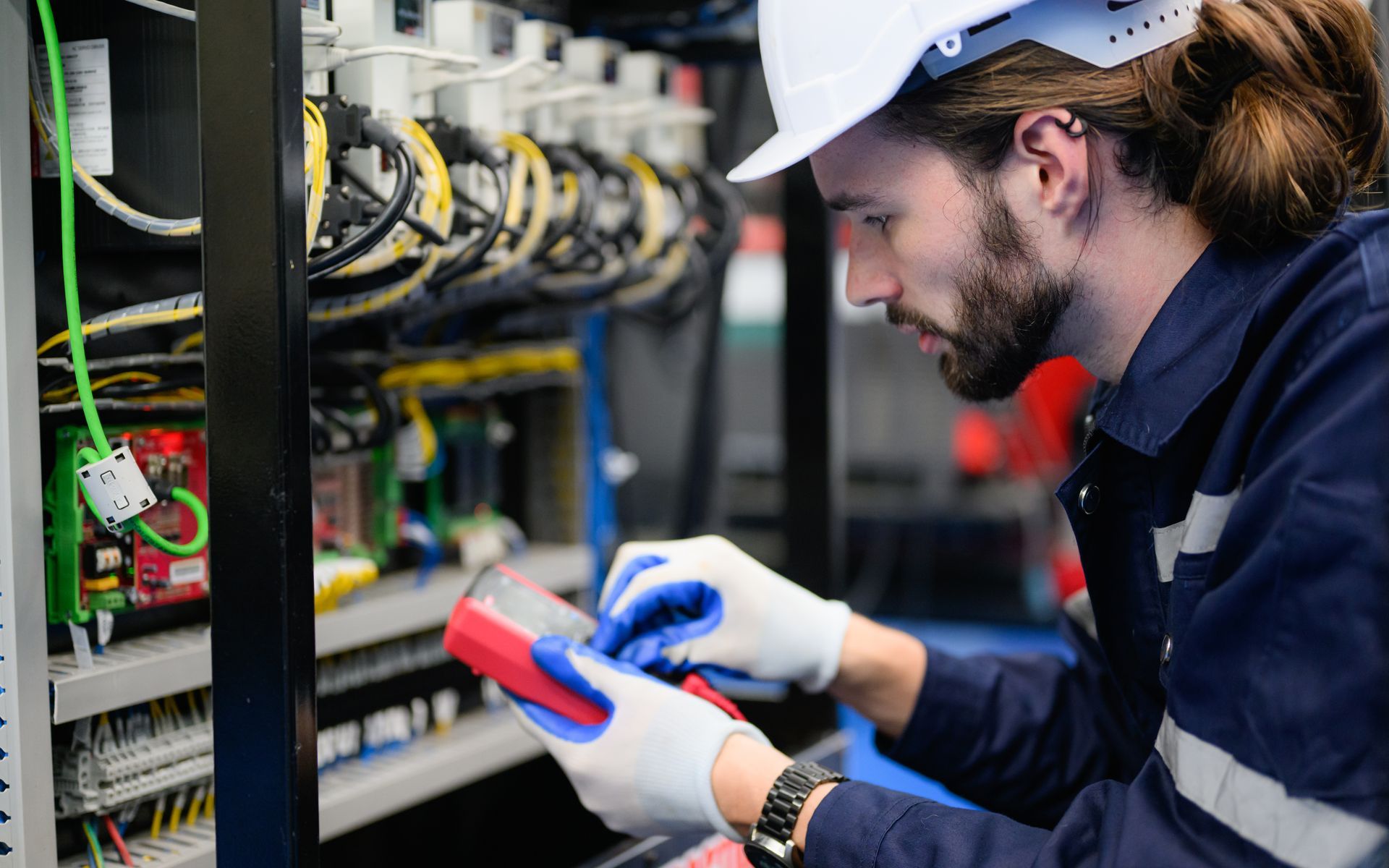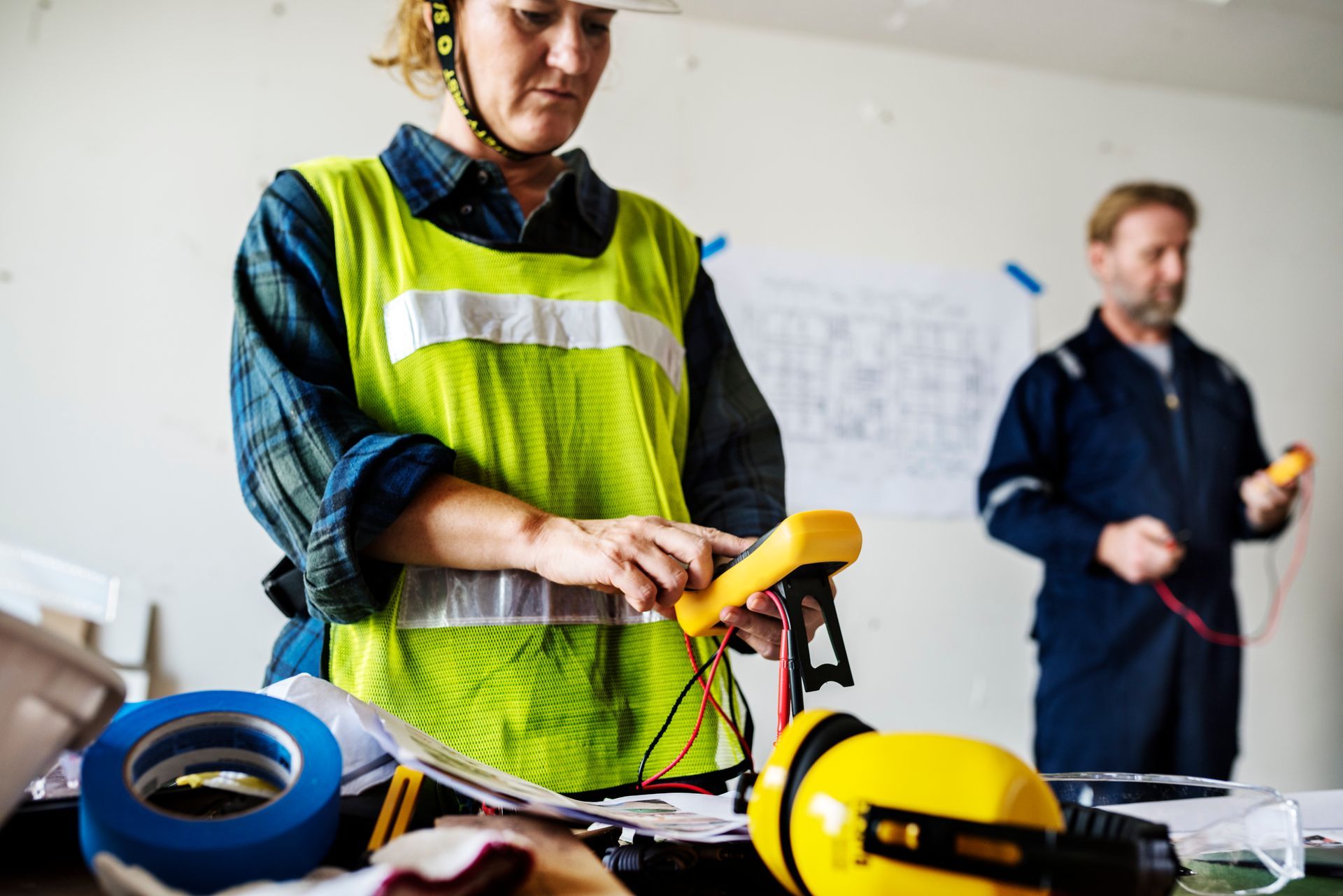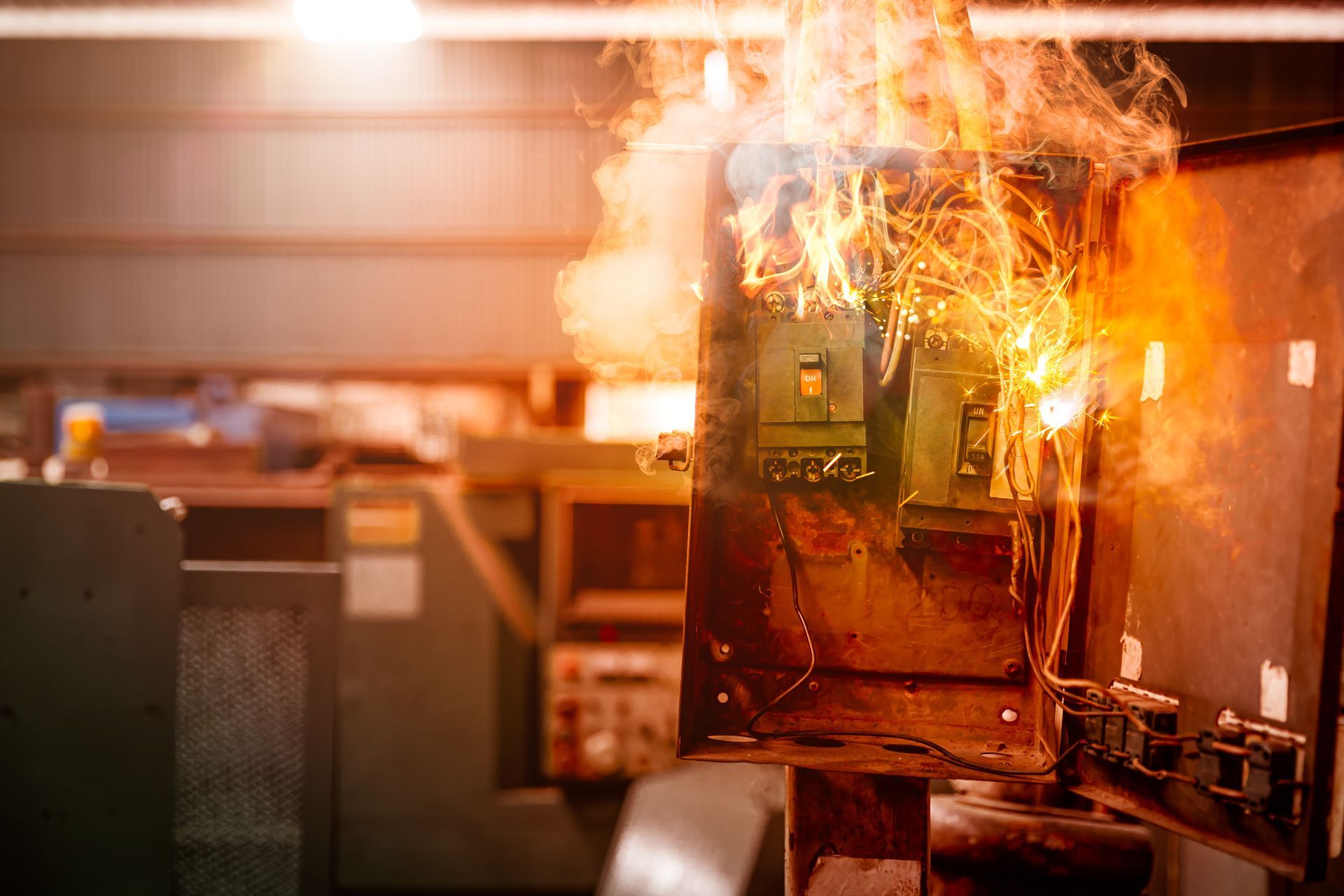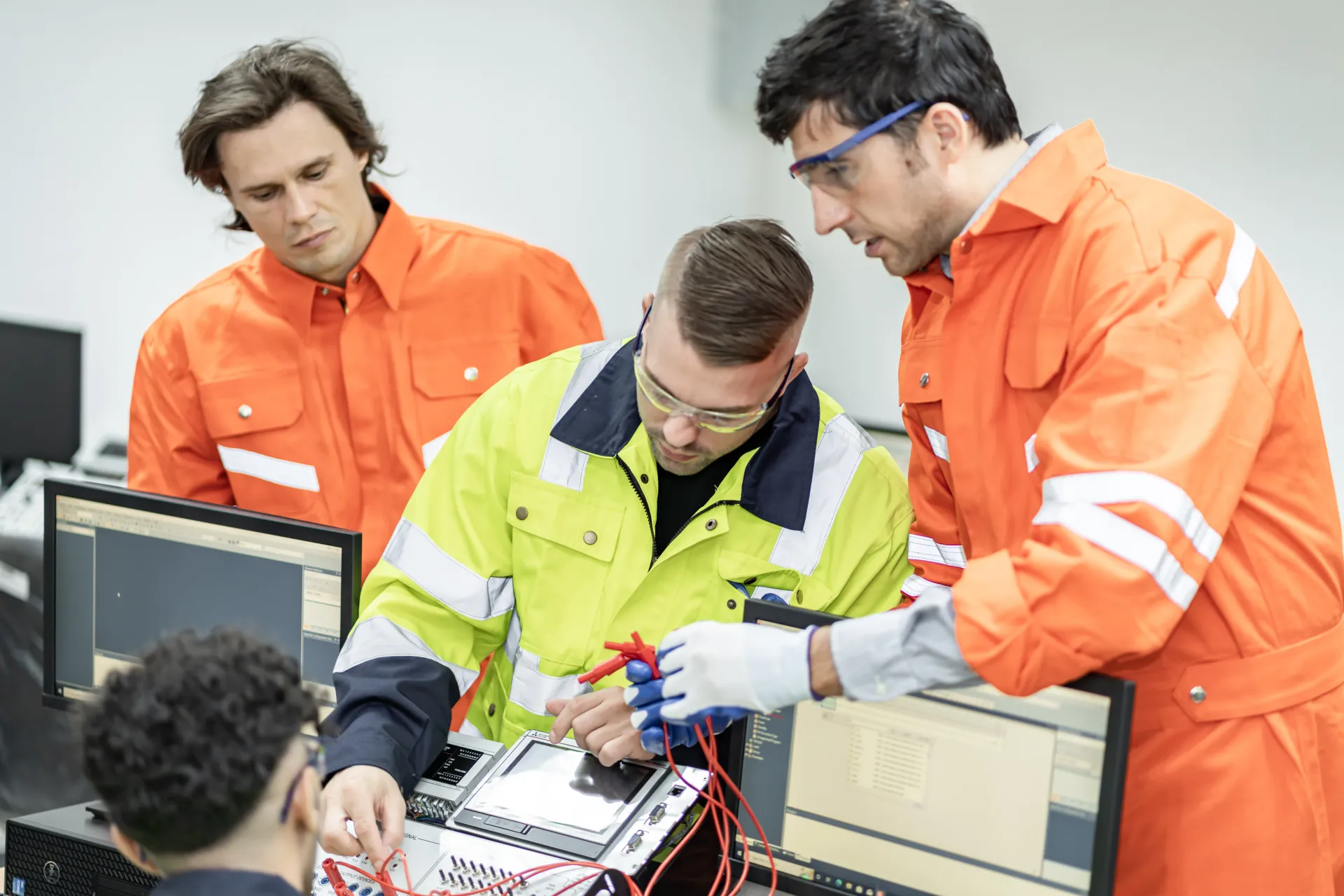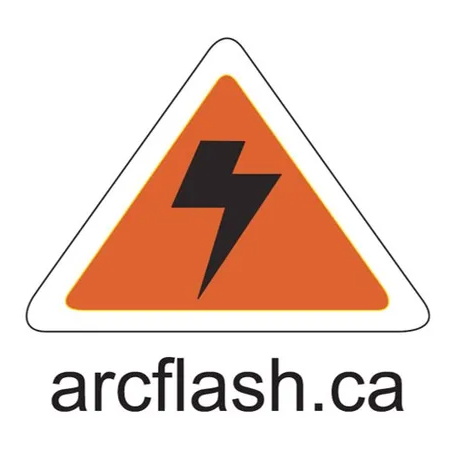Understanding Arc Flash – What Every Employee Needs to Know About Electrical Safety
Electrical safety is a critical concern in many workplaces, especially for those who work directly with or near electrical systems. One of the most serious hazards in these environments is an Arc Flash. This sudden burst of electrical energy can cause devastating injuries, equipment damage, and even fatalities. Understanding the risks and learning how to protect yourself is essential for anyone working around electricity. Here’s what every employee needs to know about Arc Flash and electrical safety.
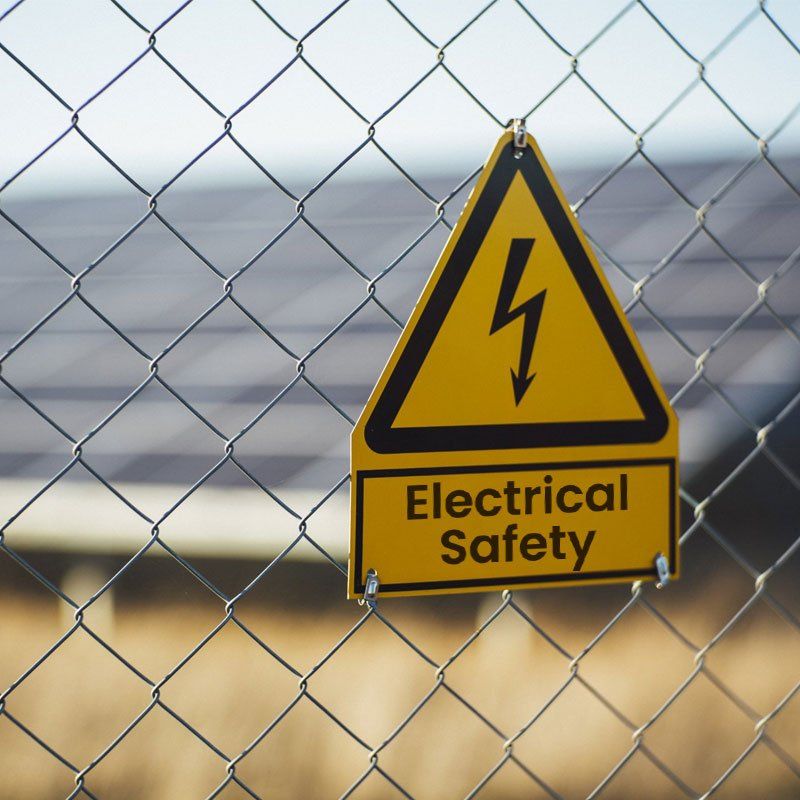
What Is an Arc Flash?
An arc flash is an intense burst of energy that happens when an electrical current jumps through the air from its intended path to another conductive surface, such as another wire, tool, or even a person. This arc releases extreme heat, bright light, and an explosion of force—all in a matter of milliseconds. Temperatures during an arc flash can reach as high as 35,000°F, which is hotter than the surface of the sun.
While it may seem unlikely, arc flashes can occur in a variety of settings, from industrial plants to construction sites, and even in maintenance operations. The factors that lead to an arc flash often include equipment failure, dust or corrosion, improper work practices, or human error.
The Dangers of an Arc Flash
The consequences of an arc flash are severe and life-altering in many cases. Here are some of the most common dangers associated with an arc flash incident:
1. Thermal Burns
The extreme heat generated by an arc flash can cause severe burns on exposed skin, even from several feet away. These burns can require extensive medical treatment and may result in permanent scarring or disability.
2. Hearing and Vision Damage
The sudden burst of light from an arc flash can cause temporary or permanent vision damage, while the loud explosion (which can exceed 140 decibels) can lead to hearing loss.
3. Shrapnel Injuries
An arc flash produces an explosion that can send sharp pieces of molten metal, tools, or equipment flying at high speeds. These fragments can cause serious injuries to anyone in the vicinity.
4. Concussive Force
The force of an arc flash explosion is enough to knock employees off ladders, through barriers, or even render them unconscious. The blast pressure can also damage internal organs, posing a grave risk to anyone nearby.
5. Fatalities
Unfortunately, arc flashes are often deadly. Even when workers are well-trained, the sheer intensity and speed of an arc flash can result in a fatal outcome if proper protections aren’t in place.
Preventing Arc Flash Incidents
The good news is that many arc flash incidents are preventable with the right safety measures and training. Employers and employees alike must take steps to reduce risks and maintain a safe work environment.
1. Conduct a Hazard Analysis
Before working on or near electrical systems, employers should perform an arc flash hazard analysis. This assessment identifies potential hazards and determines the appropriate personal protective equipment (PPE) and safety protocols required.
2. Wear Proper PPE
Employees must always wear the right PPE for the job. Arc-rated clothing, face shields, gloves, and insulated tools can provide vital protection from burns, flying debris, and intense light.
3. Follow Lockout/Tagout Procedures (LOTO)
Lockout/Tagout procedures ensure that electrical equipment is completely de-energized before it’s serviced or repaired. Always double-check that these procedures are properly implemented before beginning work.
4. Regular Equipment Maintenance
Damaged or poorly maintained equipment is a major cause of arc flashes. Make sure electrical systems are inspected regularly, and address any signs of wear, corrosion, or malfunctions immediately.
5. Maintain a Safe Distance
Whenever possible, stay at a safe distance from live electrical equipment. This reduces the chance of being in the arc flash zone if an incident occurs.
6. Continuous Training
Electrical safety is not a one-and-done effort. Employees should receive regular training on how to recognize hazards, use equipment correctly, and stay updated on best safety practices.
Key Safety Protocols
Every workplace where electrical hazards exist should have strict protocols to protect employees. Here are some key steps every worker should follow to ensure safety around electrical systems:
- Always de-energize equipment before beginning maintenance or inspection.
- Verify absence of voltage using a reliable testing device.
- Post clear warning signs or hazard labels on equipment with high arc flash potential.
- Report potential hazards or faulty equipment to supervisors immediately.
- Never shortcut safety protocols or attempt to cut corners to save time.
By staying vigilant and prioritizing safety, employees can significantly reduce the risks associated with Arc Flashes.
Why Safety Matters
Arc flash incidents not only put the lives of employees at risk but can also have lasting impacts on the workplace. They can result in costly downtime, damage to equipment, and legal or regulatory consequences for employers who fail to maintain a safe environment. This makes
electrical safety a shared responsibility that must involve everyone, from leadership to entry-level workers.
Partnering with Arc Flash for Your Safety Needs
At Arc Flash, we’re dedicated to promoting electrical safety and ensuring employees are well-equipped to work in hazardous environments. We provide top-notch training, resources, and equipment to help you stay safe on the job.
If you or your team need guidance on electrical safety or help implementing preventive measures, contact us today. Together, we can create a safer workplace and protect lives.
Act Today
Electrical hazards are no joke—arc flashes can strike in an instant, leaving devastation in their wake. Don’t wait until it’s too late. Prioritize safety, invest in training, and ensure you and your colleagues are prepared to handle electrical risks. Reach out to Arc Flash today to learn more
about our safety solutions and how we can help you work smarter and safer.
Stay informed. Stay protected. Stay safe. Arc Flash
